When the University of the Philippines (U.P.) clashed with Ateneo de Manila University for the basketball title in the UAAP, the sportswriters billed it as the “Battle of Katipunan”. It was a fitting description of the rivalry between the two titans of education and now sports, especially basketball. Ateneo was defending its title and U.P. was euphoric to reach the finals.
Named After A Revolutionary Movement
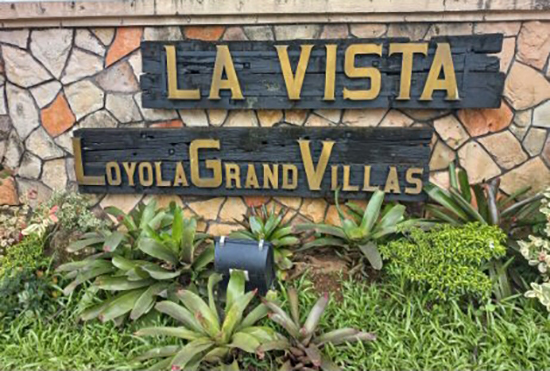
Named after the Kataas-taasan, Kagalang-galangang Katipunan ng mga Anak ng Bayan or KKK, this road dissects from the north in Tandang Sora/Commonwealth up to the south in Temple Drive/White Plains. The major junctions are C.P. Garcia, Aurora Blvd./Marcos Hi-way, P. Tuason, and Bonny Serrano. The beautiful Church of Jesus Christ of Latter-Day Saints (Mormon Church) signals the end of Katipunan. It has four lanes at its widest and narrows down to two lanes within White Plains and St. Ignatius Village. The Katipunan Extension is 70% complete as of February 2021. It is a component of Circumferential Road 5 (C-5) of Manila’s arterial road network and was renamed Carlos P. Garcia Avenue.
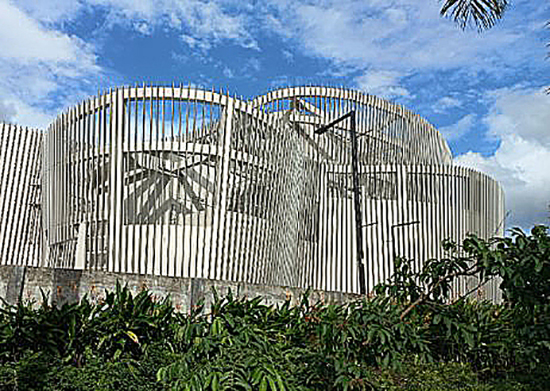
Gated Subdivisions
Katipunan Avenue is home to upscale subdivisions like Xavierville, La Vista, St. Ignatius, and White Plains. Interestingly, most of the subdivisions have either a Jesuit name or is blue-themed, after the color of Ateneo, which dominates a portion of Katipunan. Loyola Heights, Xavierville, and St. Ignatius were all named after Jesuit saints. The rest were named after blue vistas: La Vista, Monte Vista, Alta Vista, and Blue Ridge. Even the condominiums are blue-themed, with Blue Residences as an obvious example. Regis Center is most likely named after the French Jesuit Saint John Francis Regis, patron saint of medical social workers and illegitimate children.
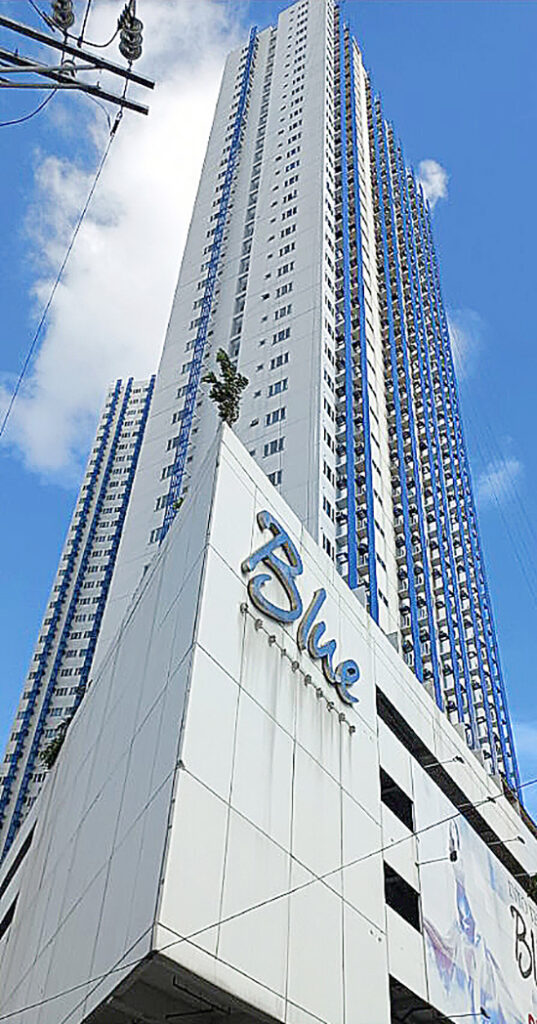
One exception to the Jesuit/blue theme in Loyola Heights would be Varsity Hills. Many mistake it as Loyola Heights, which is a barangay made up of several villages in the Ateneo-Miriam vicinity. Varsity literally means university and that’s the reason why the streets are named after prominent individuals in education. Here are examples. Rosa Alvero was an educator, journalist, and social worker. She founded the first lay Catholic school for women. She also fought for the right of women to vote. Another example is Antonio Maria Regidor who was instrumental in passing the law that allowed every Filipino to enroll in public school. He also supported the Secularization movement which led to his exile in the Marianas. Next is Alejandro Melchor, head of the Math Department of Philippine Military Academy, who became the Secretary of National Defense. Melchor Hall at U.P. Engineering was named after him. Last but not least is Bienvenido Gonzales, the University President who was instrumental in U.P.’s transfer to Diliman, after which, Ateneo and Maryknoll followed suit.
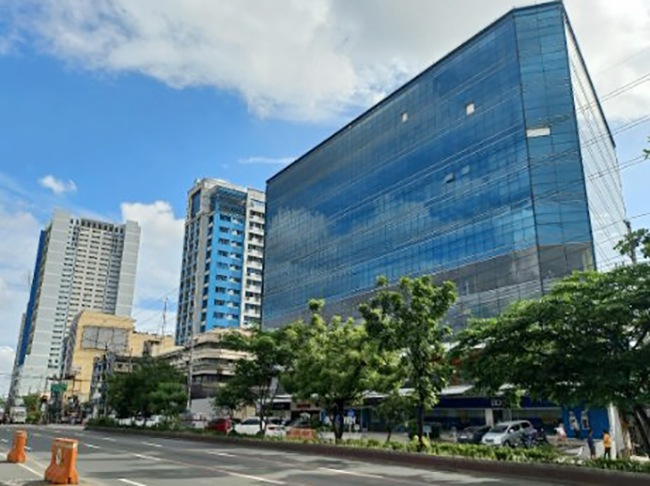
The other exception to the Jesuit/blue theme is White Plains. Perhaps it’s a transition, white being the common color of Ateneo and rival school La Salle. Curiously, after White Plains are Green Meadows, Valle Verde, and Greenhills all commemorating La Salle’s color green.
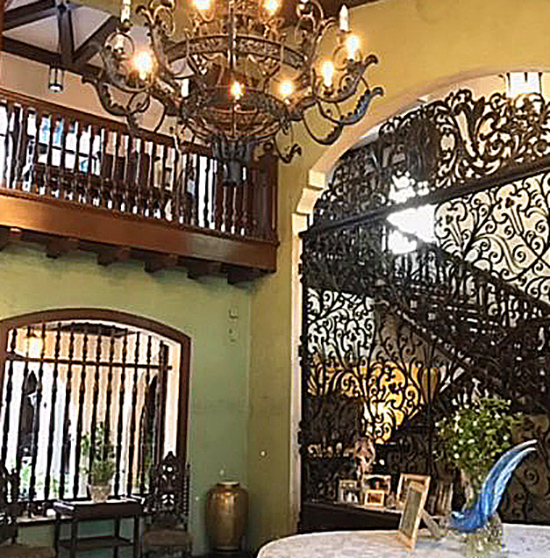
Not to be forgotten in this area is the fabled but now gone Emerito and Susana Ramos Mansion at No. 1 Alta Vista Drive. This 2.5-hectare property with a sprawling garden sits atop a hill overlooking Marikina Valley. Those who have driven past Marcos Hi-way and Katipunan surely have not missed this grand property, which has been acquired by Rockwell. It was designed in the California Mission/Spanish-Mediterranean style by Architect Rafael Larracas. It had a swimming pool and terraces built by people from the Mountain Province. Inside you will find a chandelier and wrought iron pieces by El Arte Español and furniture by Gonzalo Puyat. There were wooden sculptures by Napoleon Abueva and a painting by Anastacia Mamuyac. The centerpiece of the house, however, was the portrait of Susana Ramos by Fernando Amorsolo. This masterpiece, fortunately, is now under the care of the National Museum. Many an Atenean and Maryknoller, including my wife, who have been to this grand house, will surely miss this magical place.
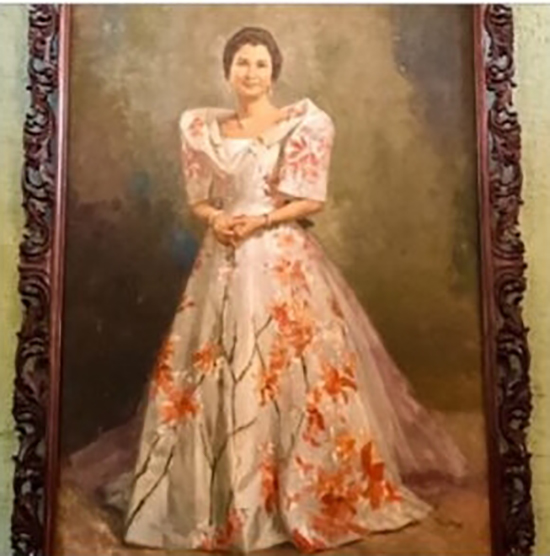
The man behind this house on a hill is lawyer, banker, realtor, and patron of the arts Emerito Ramos Sr. This Ateneo-educated and generous man of humble beginnings facilitated the transfer of Ateneo from Padre Faura to Loyola Heights. He knew the Tuasons who owned big properties in Diliman and Marikina. Ramos also developed Xavierville, which he bought from the Tuasons.
The Tuasons owned large tracts of land in Diliman and Marikina, which were granted to them by the Spanish Colonial Government as a reward for their loyalty. They also acquired some properties from the Jesuit Estate. If you’re wondering why Ateneo has a wide, green open space in front of Katipunan, it is because the Tuasons made a condition in the donation that that area should never be used as a commercial space.
Balara Filters Park
Along Katipunan are the modest barangays Escopa, Pansol, and Balara. Part of Pansol is Balara Filters Park, a 60-hectare nature park adjacent to U.P. It was created in 1953 by the Metropolitan Water District and occupies part of the Balara Filtration Plant Complex, which was constructed in 1938. It is one of the main treatment facilities for water coming from the La Mesa dam.
Balara used to be a friar estate owned by the Jesuits, which was acquired by the Tuasons after the Spanish American War and then ceded to the Philippine Commonwealth in the 1930s. Baby boomers remember Balara as the traditional school field trip destination for it was synonymous with a swimming outing and picnic. Even up to the 1980s, Balara was used by the Quezon City Red Cross for swimming training.
Mañosa, Gomez, Abueva
Mostly unnoticed by revelers is the Escoda Hall, a pavilion in the pool complex having a southeast Asian (Balinese, Thai) motif roof designed by Francisco Mañosa who later became a National Artist for Architecture. Mañosa dedicated his work to his father, Engineer Manuel Mañosa who was one of the directors of National Waterworks and Sewerage Authority (NAWASA) after WWII.
Walking around Balara is like wandering around in the 1950s. In fact, movie outfits shoot here if they need a rural setting. There are interesting sites such as the Cerro de Carriedo, which is an abandoned water tank building. It was named after Francisco Carriedo who donated funds to develop the water system of Manila. Behind it is Windmill Park where you will find a water tank fitted to look like a windmill. Also found it this park is a bust of Carriedo and a Grecian urn. There are also pieces done by classical sculptor Fermin Gomez. One is called “La Intrepida,” which is dedicated to Mother Philippines as she rides a chariot pulled by two carabaos. Another sculpture is a fountain called “Bernadine” with a nude water bearer at the center and surrounded by four sculptures of children. This statue, which is found at the entrance of Balara, was threatened to be removed because of road construction in 2019. Fortunately, because of the protests of heritage advocates, the removal did not happen. The road encircled the statue and a barrier was built around it. There are other sculptures such as Batbig and Batdiwa, and a water nymph, but the most significant is the study of a replica of the 1882 Carriedo Fountain by Napoleon Abueva, National Artist for Sculpture. There are many art deco structures in the area, and an amphitheater named after Gregorio Anonas, the first Filipino General Manager of Metropolitan Water District. It has been said that Atang de la Rama, National Artist for Theater and Music, performed here.
Art Spaces
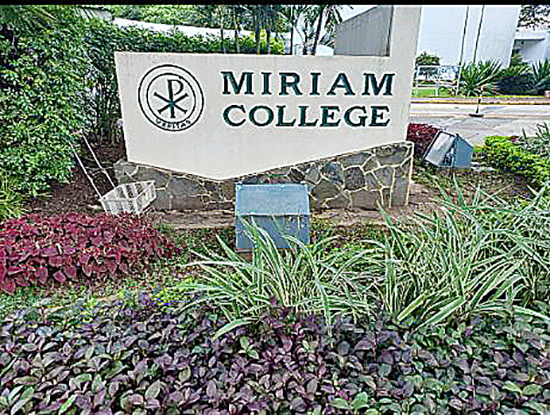
In the southern part of Katipunan, you will find some art galleries. Before the pandemic, there were about five. At Miriam College, there is the Gallery of Women’s Art. At Ateneo, there is a unique and beautiful structure near a footbridge that can be seen from Katipunan. The building is called Arete, which is Greek for virtue and excellence. It is a creativity and innovation hub with theaters, art galleries, and laboratories. Ateneo Art Gallery, which was established way back in 1966, has transferred to this new location. This art gallery is considered the first museum of modern art. Most of the paintings are by Post-war Modernists, with some Fernando Amorsolos and Fabian de la Rosas, most of which were initially donated by Fernando Zobel.
Schools And Other Educational Institutions
For some, Katipunan is visualized as a wide, open green space. Rightly so, when you pass by the almost 54-hectare hilly property of Ateneo. Even its environmentally conscious neighbor, Miriam College, takes pride in its ample green spaces.
With its liberal arts and humanities orientation, Ateneo has produced the likes of Jose Rizal, Edgar Jopson, Evelio Javier, and Joma Sison. This Jesuit University also houses the San Jose Seminary and Loyola House of Studies. The University of the Philippines, the country’s premium educational center, at 493 hectares, is at the fringes of Katipunan.
Other schools in the area are Kostka School, St. Bridget School, and the Philippine School of Business Administration (PSBA). Another school is the Center for Culinary Arts (CCA), one of the first culinary schools, which is an offshoot of Cravings Bakeshop. There are also review centers along Katipunan.
Churches And Places Of Worship
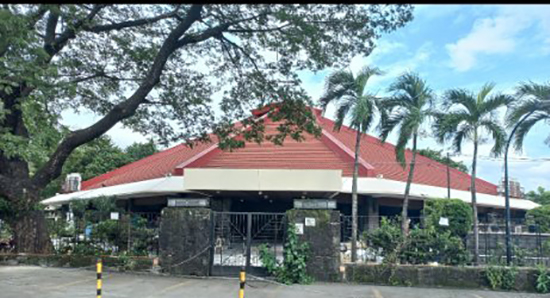
In between Barangay Pansol and Miriam College is Sta. Maria della Strada, which was built in 1981. It is a circular church with a marble table used by Pope John Paul II during the beatification of San Lorenzo Ruiz. Another circular place of worship is the Parish of the Holy Sacrifice (U.P. Chapel), which has been designated as a National Historical Landmark and Cultural Structure. It was designed by National Artist for Architecture Leandro Locsin. It is the only structure in the country where the works of five National Artists can be found. Aside from Locsin, the other National Artists are Vicente Manansala, Ang Kiukok, Arturo Luz, and Napoleon Abueva. A Protestant church, the Church of the Risen Lord, is located nearby.
Back in Loyola Heights inside Varsity Hills Subdivision is Our Lady of the Pentecost Parish with sculptures by Juan Sajid Imao and Napoleon Abueva. Across Miriam College on Escaler St. is the unassuming Parish of the Holy Cross, which is of the Iglesia Filipina Independiente. Inside Ateneo is the beautiful Church of Gesu. Crossing over to Aurora Boulevard, one will find the Monasterio de Santa Clara. It was established in 1621 in Intramuros until it was moved to Aurora Blvd. then to Katipunan to give way to the LRT 2 construction. In case you see some colored eggs in front of the monastery, it’s because it has been a tradition to offer colored eggs to the nuns for special prayer requests.
Entertainment, Sports, Hobbies, And Emergency
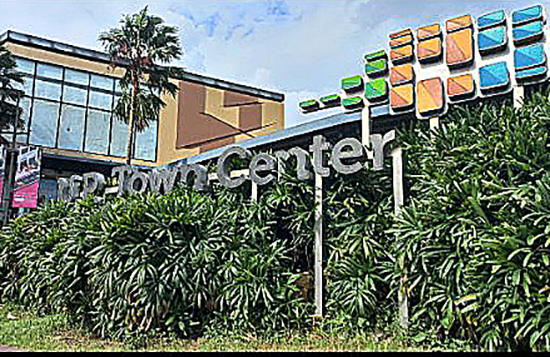
Katipunan residents need not go to Cubao or SM North after Ayala Land, in conjunction with U.P., came out with U.P. Town Center. This beautifully designed mall by Benoy Architects has the usual amenities found in any major mall. There are many bars and restaurants on Katipunan, but worth a special mention is Ninyo Fusion Cuisine and Wine Lounge on Esteban Abada, one of the best garden restaurants in the metro.
For sports, there’s Celebrity Sports Plaza and Capitol Hills for golf, located nearby at Capitol Hills Drive. I swim at the Ateneo Grade School pool on weekends and jog around the U.P. Oval (pre-pandemic). At the southern end of Katipunan is the Camp Aguinaldo Golf Course. Lined up along the walls outside the Camp are gardening shops. They even offer casts of saints and angels.
For medical emergencies, there’s Quirino Memorial Medical Center in Project 4 (J.P. Rizal corner P. Tuazon). And for your pets, there’s Vets in Practice in Saint Ignatius.
The Battle Continues
The south end of the road for Katipunan is the Mormon Church wherein you can trace your family’s history in their genealogy records. History has always been a part of Katipunan, from the Philippine Revolution to the Diliman Commune. Andres Bonifacio considered Balara and Krus na Ligas as defensible sites due to their strategic location. Krus na Ligas, which is adjacent to U.P., is a historic community that used to be a part of Marikina and was called “bundok”. Tandang Sora, “Mother of the Katipunan,” gave refuge to the feeble and wounded.
In contemporary times at U.P. Diliman, this safe refuge may have been threatened when the Department of National Defense (DND) unilaterally terminated a UP-DND accord that prevented state forces from entering the UP campus. Nonetheless, Katipunan remains a bastion of dissent and a pillar of righteousness.
Note: Some information may have changed due to the pandemic.
Sources: Lakbay ng Lakan/Lakansining; Interviews with Emerito “Tonki” Ramos III, Gerard Sison, Asuncion ALopez Leo, Adrian Aguilar, Robbie Bonoan, Kahlil Garcia
JP Ordoña (Manilakad) leads Manilakad Walks in Intramuros, Binondo, Quiapo, and more. In between, he writes, climbs, dives, and more. Let him guide you to several walking destinations in Manila. Manilakad (JP Ordoña) can be reached on Facebook Messenger or through text at 0916-3597888.
